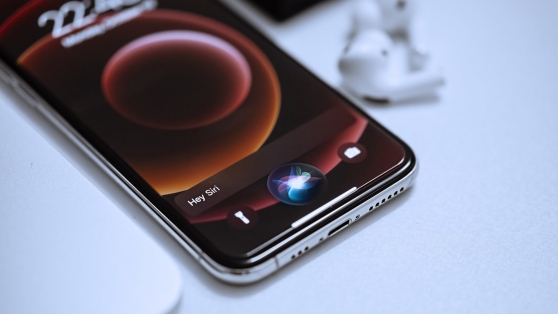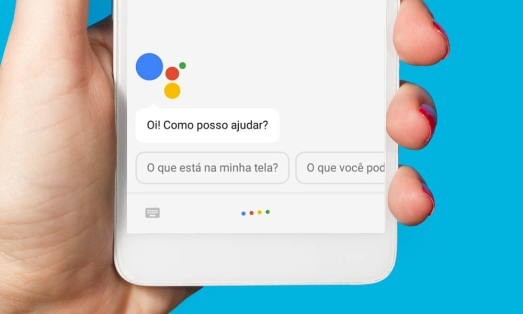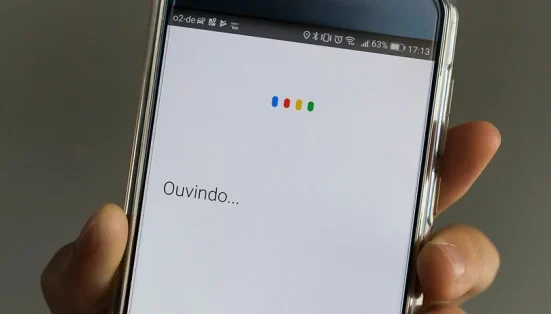
In this article you will see Google Assistant X Siri: compare functions of Android and iOS assistants, we brought you some topics for you.
Virtual assistants have become increasingly present in our lives, offering a range of features that facilitate interaction with our devices and help us with various day-to-day tasks.
Two of the most popular and widely used assistants are Google Assistant, present on Android devices, and Siri, Apple's assistant for iOS devices.
In this article, we will carry out a comparative analysis of the functions offered by both assistants, exploring their capabilities and how they can impact the user experience.

When we look at the integration of assistants with the Android and iOS ecosystems, it is clear that both have significant strengths.
O Google Assistant stands out for its perfect harmony with Google services, including Gmail, Google Calendar and Google Maps.
This allows the user to easily access the information stored in their Google account, resulting in a fluid and intuitive experience.
In turn, the Crab demonstrates solid integration with Apple devices and native iOS apps.
The Apple ecosystem encourages a smooth transition between devices, allowing interactions with Siri to continue consistently across different devices.

Both assistants have evolved considerably in terms of understanding natural language.
O Google Assistant impresses with its ability to understand complex contexts and respond coherently, making conversations with the assistant more natural and less fragmented.
A Crab, in turn, has benefited from the continuous improvement of Apple's natural language processing algorithms.
She is able to interpret a variety of commands and questions, demonstrating a solid understanding of the language, although some users still report occasional difficulties interpreting more complex contexts.

Both assistants offer integration with third-party applications, significantly expanding their functionality.
O Google Assistant stands out for its wide range of integrated services, allowing everything from requesting an Uber to ordering food from local restaurants, all through voice commands.
A Crab, although it started with a more restricted approach, has opened its doors to developers and now offers a variety of third-party integrations, allowing users to perform varied tasks such as sending messages through WhatsApp or controlling smart home devices.

A notable difference is the visual recognition offered by Google Assistant.
Through the devices' camera, the assistant can identify objects, QR codes and even texts, providing relevant information based on what is captured.
A Crab, while it doesn't have as advanced a visual recognition feature, it still provides visual responses through the device's screen.
Presenting information in conjunction with audio responses can provide a more complete experience in certain scenarios.

In conclusion, both the Google Assistant as for Crab have their own advantages and disadvantages, offering features that meet the needs of Android and iOS users respectively.
The choice between the two assistants will largely depend on personal preferences and the ecosystem of devices and services used by each individual.
Both assistants have been constantly evolving, and are likely to continue to surprise users with new and improved features in the future.